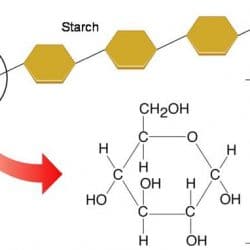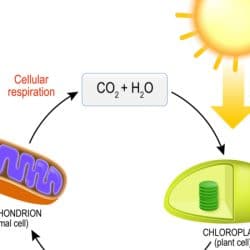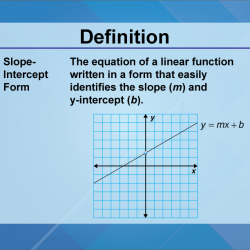
Slope Intercept Form: Definition & Practice Questions
This will be an introduction to the slope-intercept form of linear equations. Here we are going to learn about the different kinds of linear equations. Specifically about a different kind…
Read more »
Tudor Architecture: History, Examples, Materials & Related Questions
Tudor architecture pops up between 1485 and 1558, during the Tudor period when craftsmen of England built two-toned manor homes with a great architectural design. They are known for having…
Read more »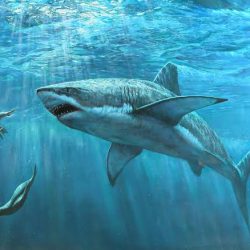
How did sharks survive five mass extinction events? Interesting facts about sharks
The sharks, they glide through the water with unmistakable grace, remnants of the ancient past, they dive, and they rise, from the ocean’s murky depths,to its sun-kissed swallows, rousing fear and awe, like…
Read more »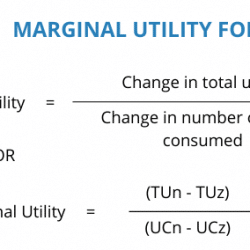
Marginal Utility: Concept, Formula, Types & Importance
In economics, marginal utility (MU) refers to the additional pleasure or benefit (utility) a buyer receives by purchasing an additional unit of a commodity or service. The idea is that…
Read more »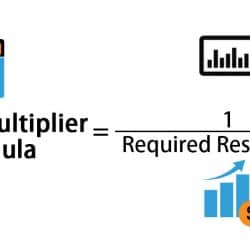
Money Multiplier Formula – Here’s all that you need to know about it
A money multiplier is one of many closely related ratios of commercial bank money to central bank money in a fractional-reserve banking system, according to monetary economics. Given a certain…
Read more »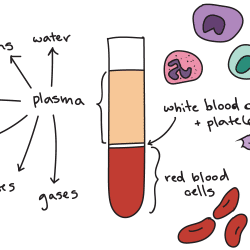
How are Plasma and Serum different from each other?
Both plasma and serum form the liquid part of the blood. However, there are several differences between them. We will discuss them here. Blood is a connective tissue. It runs…
Read more »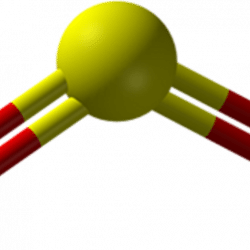
SO2 – A Detailed Discussion
Sulfur dioxide (SO2) is a sulfur and oxygen-based gaseous air pollutant. Moreover, SO2 is a poisonous, heavy, and colorless gas and emits the odor of burned matches. When sulfur-containing fuels…
Read more »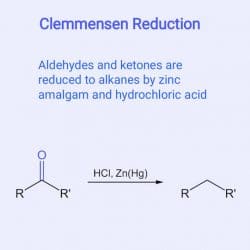
Clemmensen Reduction : Explanation
Clemmensen reduction is an organic process of transforming carbonyl compounds into alkanes with the help of Zinc amalgam and presence of high acidic medium. What is Clemmensen reduction? Clemmensen reduction…
Read more »
